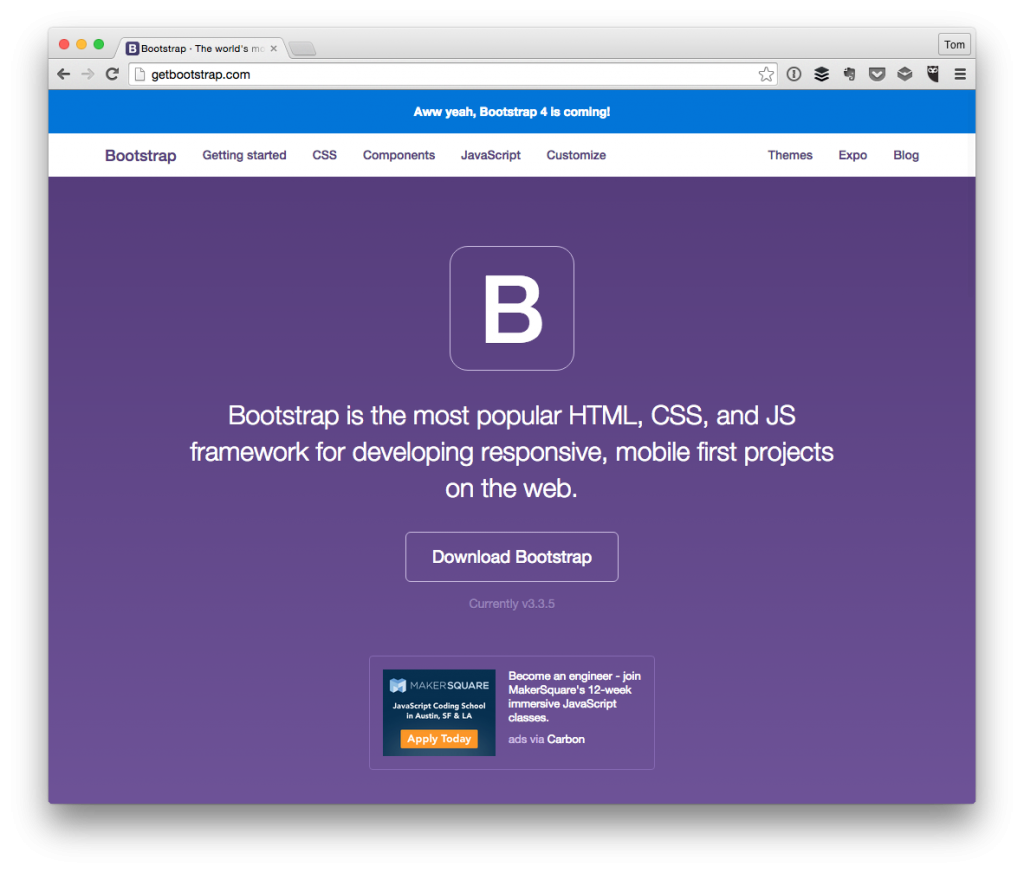One of the terms we hear a lot in web development is “progressive enhancement.” If you’re new to web development, Wikipedia defines it as follows:
Progressive enhancement uses web technologies in a layered fashion that allows everyone to access the basic content and functionality of a web page, using any browser or Internet connection, while also providing an enhanced version of the page to those with more advanced browser software or greater bandwidth.
Perhaps another way of looking at it is you introduce a basic feature such that it functions without any of the newer-ish technologies – such as Ajax – and then progressively enhancing the feature so it works a bit more smoothly (or flashier, because that’s a proper term).
Ultimately, it should improve the user experience without compromising the feature for those who don’t have access to newer technologies.
But there’s a challenge those who have been in development for a while tend to face.



